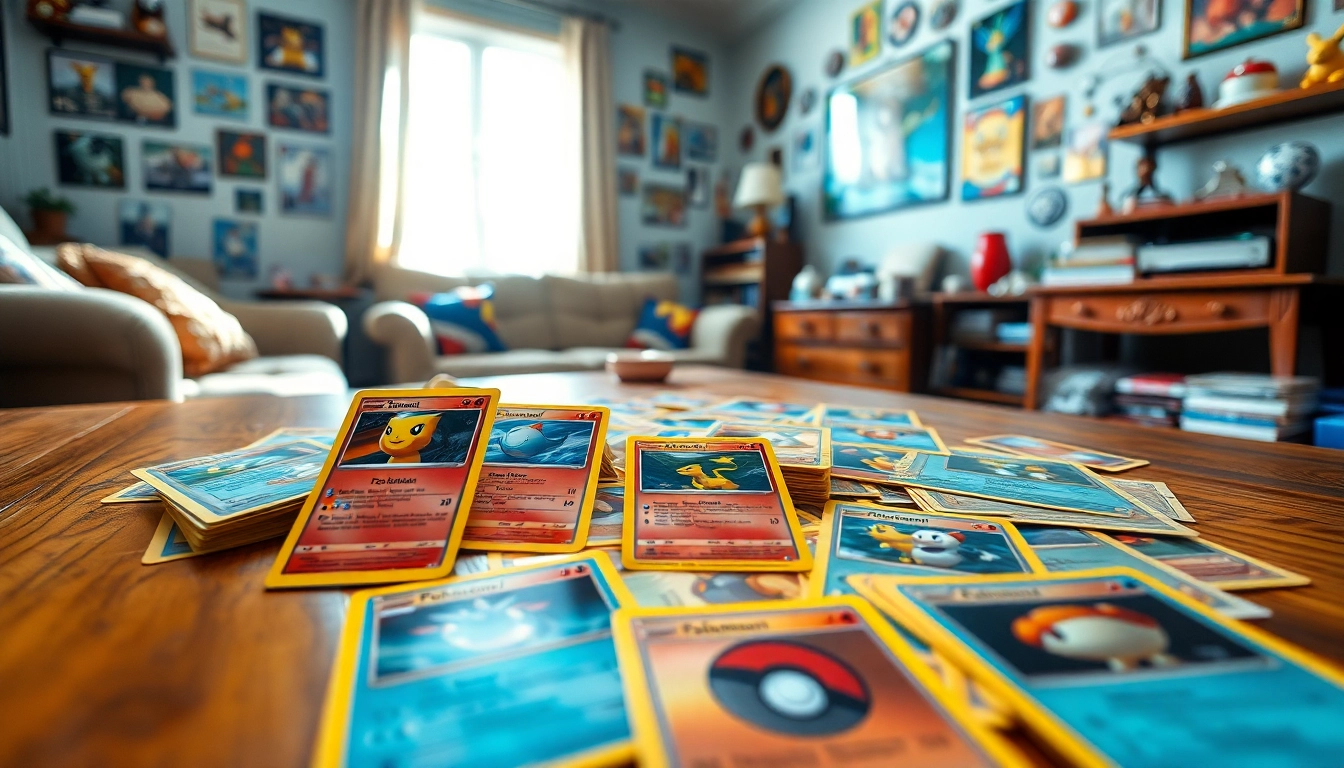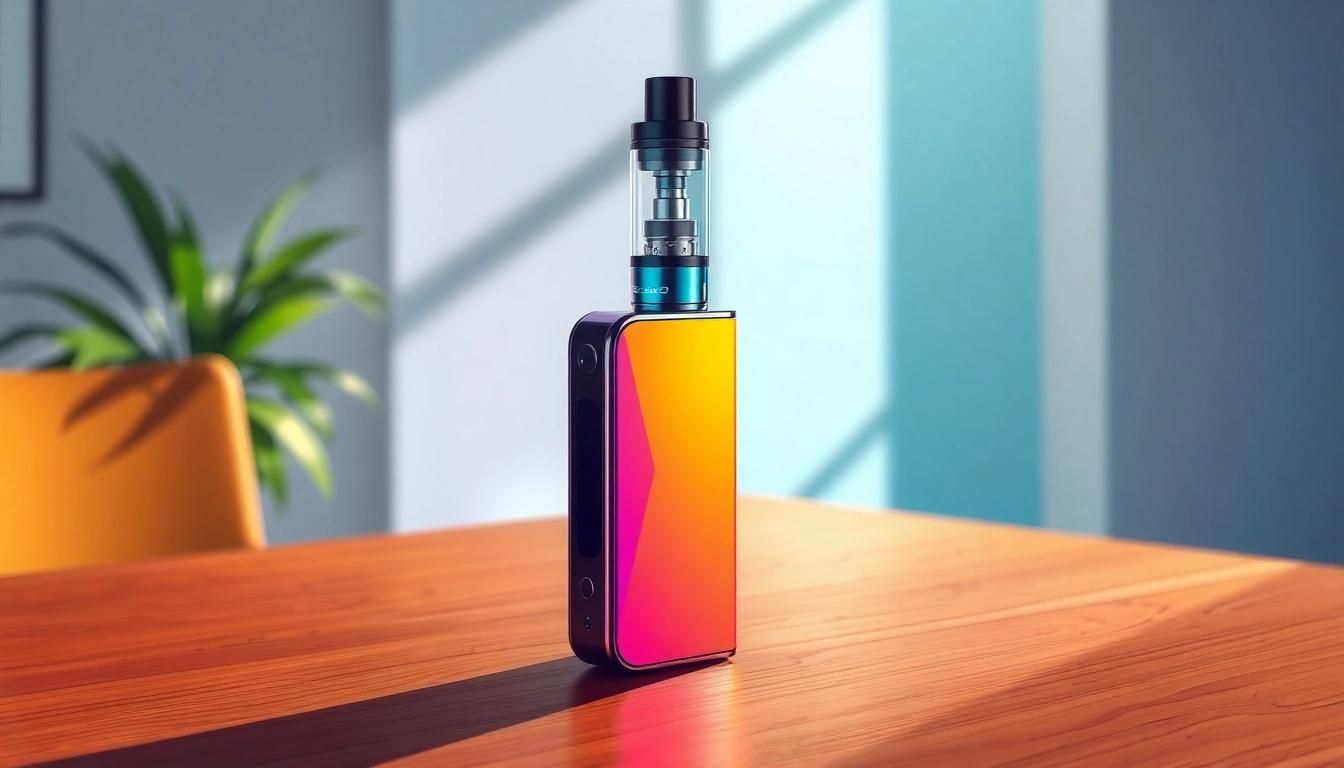Understanding Real Pokémon Cards
Collecting Pokémon cards can be a thrilling and rewarding hobby for fans of all ages. Whether you’re a seasoned collector or just starting, understanding real Pokémon cards is essential. This article delves into the nuances of authenticity, the marketplace for card purchases, and tips for building and maintaining a valuable collection.
Defining Authenticity in the Pokémon Card Market
The Pokémon Trading Card Game (TCG) has become a significant player in both the gaming and collectible markets. With its popularity, the demand for authentic cards has risen, making it crucial to understand what defines authenticity. Authentic Pokémon cards are manufactured by the official Pokémon Company and passed through various quality assurance processes to ensure durability and consistency. These cards come with specific features that distinguish them from counterfeit versions.
One of the fundamental elements of authenticity is the print quality. Real Pokémon cards are made using a specific combination of materials and printing techniques that ensure vibrant colors and clear details. The official cards exhibit a certain “feel,” a texture that can only be achieved through precise manufacturing processes. Therefore, when assessing the authenticity of a card, consider both its physical properties and features disclosed by the manufacturer.
Key Differences Between Real and Fake Pokémon Cards
Spotting fake Pokémon cards can be tricky, especially for inexperienced collectors. Here are some key differences to look out for:
- Card Thickness: Authentic cards have a certain thickness; counterfeit cards are often either overly thick or thin.
- Print Quality: Genuine Pokémon cards have sharp images and text, while counterfeits may show blurriness or pinkish/greenish tints instead of clear colors.
- Light Test: A real Pokémon card will allow some light to pass through when held against the light, revealing a subtle blue core that fakes often lack.
- Ruler Method: The size of the Pokémon card is also critical. Real cards adhere to standard dimensions that fakes often do not meet.
The Importance of Verification for Collectors
Collectors need to prioritize verification to protect their investments. Buying cards, especially high-value ones, without verifying their authenticity can lead to significant financial loss.
Verification can be accomplished through several methods, including:
- Expert Appraisal: Utilizing professional grading services (like PSA or Beckett) can offer a second opinion on a card’s authenticity, helping collectors avoid scams.
- Online Communities: Participating in online forums or communities, such as Reddit’s r/PokemonTCG, which often contains invaluable knowledge and resources shared by experienced collectors.
- Purchase from Reputable Sources: Ensuring that all purchases are made through recognized retailers or platforms can significantly reduce the risk of encountering counterfeit cards.
Where to Purchase Real Pokémon Cards
Finding reputable sources for authentic Pokémon cards is paramount to building your collection. Various options are available for purchasing cards, ranging from online retailers to local stores.
Top Online Retailers for Authentic Card Purchases
Several online platforms offer a plethora of real Pokémon cards. Some of the most reputable include:
- Pokémon Center: The official Pokémon merchandise hub, known for providing genuine product offerings.
- Pokémon TCG retailers: This directory lists trusted retailers selling authentic Pokémon cards, ensuring collectors are purchasing from credible sources.
- TCGPlayer: A popular marketplace where users can buy and sell both individual cards and booster packs, complete with customer ratings for sellers.
Local Stores: Finding Real Pokémon Cards Near You
Local game shops often stock authentic Pokémon cards, making them a prime location for collectors to explore. Here are steps to ensure you find real Pokémon cards:
- Research Nearby Stores: Use resources like Google Maps to locate local game or hobby shops. Reviews can provide insight into their reputation.
- Attend Local Events: Participating in Pokémon TCG events can lead you to passionate retailers and fellow collectors who may share where they source their authentic cards.
- Build Relationships: Having good rapport with your local card shop’s owner can lead to early notifications about restocks or secure card trades.
Considerations When Buying from Auction Sites
While auction sites like eBay can offer rare finds, they also come with risk factors. Here are considerations when buying from these platforms:
- Seller Reviews: Always check seller feedback to gauge the reliability and customer experiences regarding authenticity and card condition.
- Return Policies: Ensure the platform offers a solid return policy for cases when a card is found to be counterfeit or not as described.
- Ask Questions: Don’t hesitate to inquire about the card’s history, its storage methods, and any additional photos to validate its condition directly.
Indicators of Real Pokémon Cards
As a collector, having the ability to identify authentic Pokémon cards is vital to ensure the quality of your collection. Here are practical indicators of real cards.
Visual and Textural Differences in Authentic Cards
Physical characteristics are the most immediate indicators of a card’s authenticity:
- Obvious Design Features: Familiarizing yourself with the official artwork, fonts, and specific card layouts can help identify real cards. Accurate reproductions reflect special foil applications and holographic images correctly.
- Texture: Authentic Pokémon cards typically feel smooth yet firm. They should not feel flimsy nor overly shiny as certain fakes might.
Common Counterfeit Signs to Watch Out For
Understanding how to spot counterfeit cards will help protect your investments. Look for these typical signs:
- Misaligned Patterns: Check whether the cards’ designs align perfectly. Misalignment can indicate a counterfeit.
- Incorrect Fonts: Often, counterfeit cards will feature misspellings or inaccurate font types that make them stand out from authentic cards.
- Odd Colors: If the card’s colors seem washed out or different from originals, it may be a fake.
Tools and Techniques for Testing Authenticity
Several tools and methods, beyond the naked eye, can assist collectors in verifying authenticity:
- Blacklight Test: Authentic Pokémon cards often display peculiar fluorescent reaction under blacklight, whereas counterfeit cards typically don’t.
- Magnifying Glass: Using a magnifying glass can help spot the correct dot patterns in real cards versus the often blurred patterns in fake ones.
- Professional Grading Services: Knowing about professional grading services, like PSA (Professional Sports Authenticator) or Beckett, can add an extra layer of protection. These services authenticate, grade, and encapsulate cards for collectors.
Building Your Collection with Real Pokémon Cards
Building a Pokémon card collection requires strategy, especially as the value of certain cards can fluctuate wildly. So it’s essential to be deliberate in your approach.
Setting a Budget: How Much to Spend on Real Cards
Deciding how much to spend on Pokémon cards can be challenging, but having a budget can simplify the process. Here are methods to consider:
- Research Market Prices: Familiarize yourself with current market values of the cards you are interested in. Online marketplaces can provide insight into average selling prices.
- Prioritize Needs Over Wants: Distinguish between must-have cards and those you’d like but can live without. This discernment can help keep budget limits in check.
- Be Ready for Investments: Rare and holographic cards can be expensive but serve as long-term investments. Analyze card conditions and market potential before making purchases.
Strategies for Expanding Your Collection Wisely
Once you’ve established a budget, consider the following strategies to expand your collection:
- Participate in Trades: Engaging with other collectors opens doors to potential trades, increasing the breadth of your collection without spending extra money.
- Utilize Social Media: Platforms like Instagram and Facebook often showcase available cards from collectors around the world, expanding your purchasing options.
- Join Clubs or Organizations: Becoming part of a Pokémon collector club can grant access to members-only sales, exclusive events, and the opportunity to learn valuable skills and tips from experienced collectors.
Networking with Other Collectors for Trade Opportunities
Networking can significantly benefit collectors, allowing them to gain insight into the hobby, share experiences, and discover new cards:
- Join Online Forums: Websites specializing in trading card games often feature forums where you can connect with collectors worldwide.
- Attend Conventions: Conventions are excellent venues for meeting fellow Pokémon enthusiasts, potentially resulting in trading opportunities.
- Local Meetups: Organizing or participating in local card meetups can help establish connections with collectors in your area, offering firsthand trading experiences.
Maintaining the Value of Your Pokémon Card Collection
Once you have built a collection of real Pokémon cards, it’s crucial to maintain their condition and value. A well-preserved collection can prove beneficial in the long run.
Card Care: Prolonging the Life of Your Real Pokémon Cards
Proper card care is essential for maintenance. Here are effective techniques to prolong the lifespan of your cards:
- Use Sleeves and Toploaders: Storing cards in protective sleeves and rigid toploaders can prevent bending, scratches, or moisture damage.
- Avoid Humidity and Heat: Ensure your cards are stored in cool, dry environments to prevent curling or warping.
- Regularly Check Conditions: Periodically inspect stored cards for signs of wear, ensuring proper care and any necessary maintenance.
Factors Affecting Card Value Over Time
Understanding what affects card values is crucial for collectors. Here are vital factors:
- Rarity: Rare cards can dramatically increase in value. Understanding rarity classes within sets, including holo or shiny variants, is crucial for evaluation.
- Condition: Cards graded higher (e.g., PSA 10) fetch more money than those in poor condition.
- Market Trends: Keeping an eye on market trends, such as shifts in popularity for certain sets or Pokémon, can help determine when to buy or sell.
Resources for Valuating Your Pokémon Collection
There are several resources available for collectors looking to value their collections accurately:
- Online Price Guides: Websites specifically designed to evaluate trading cards provide insights on current market values.
- Social Media Posts: Following other collectors’ posts, especially those related to significant sales or featured cards can provide contextual value insights.
- Grading Services: Engaging professional grading services can yield an accurate assessment of your collection’s worth, preserving the investment for future sales.



